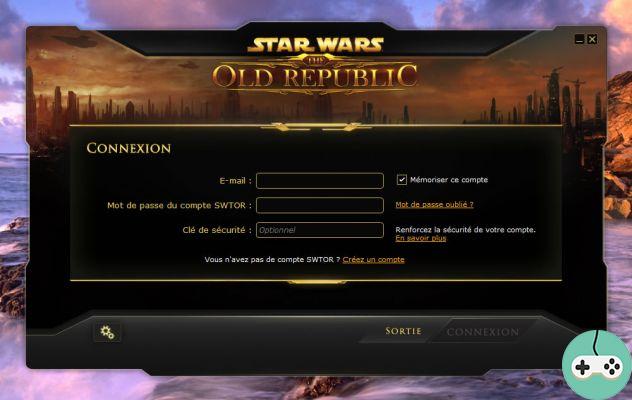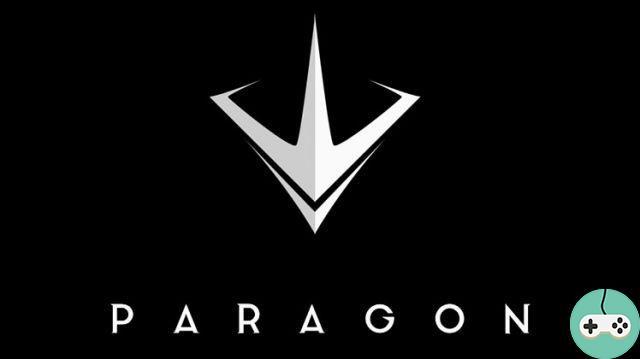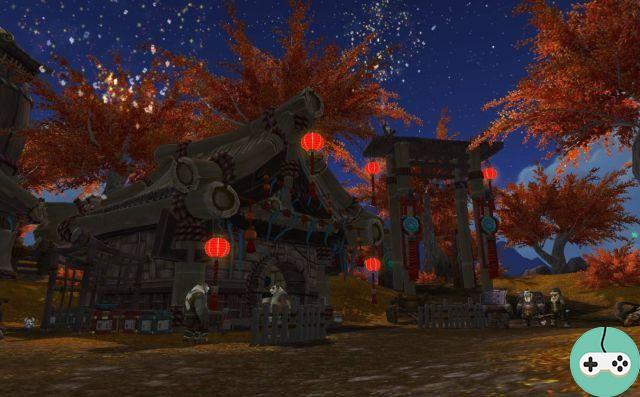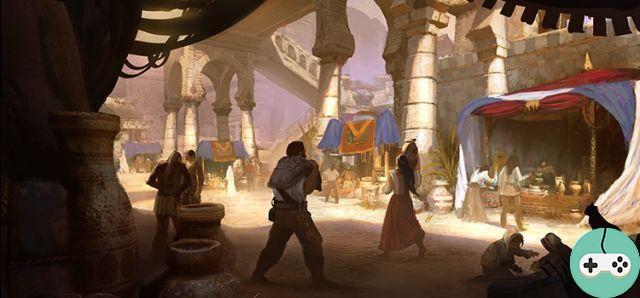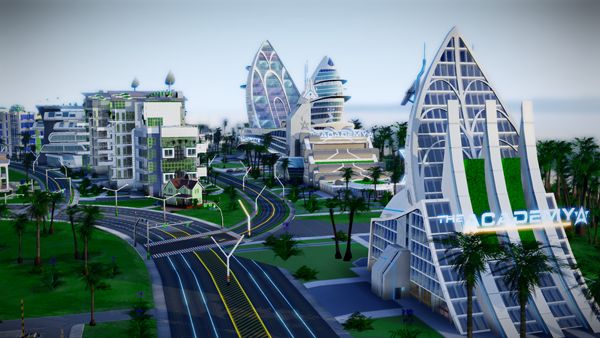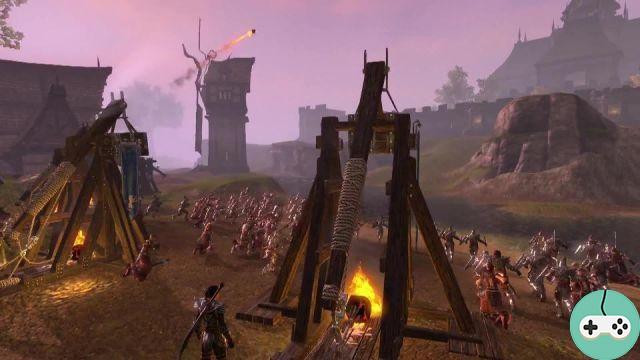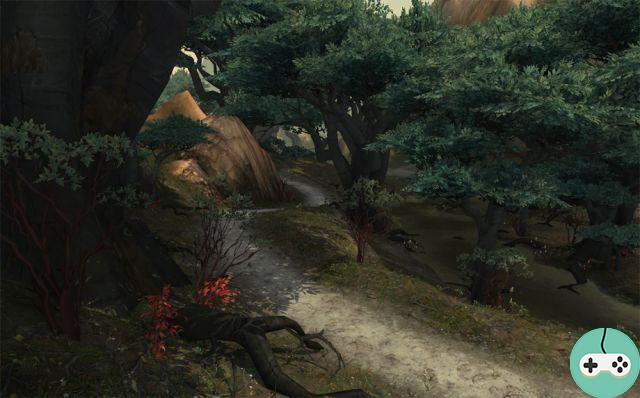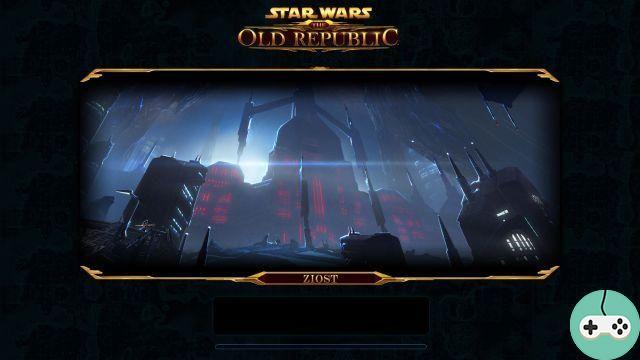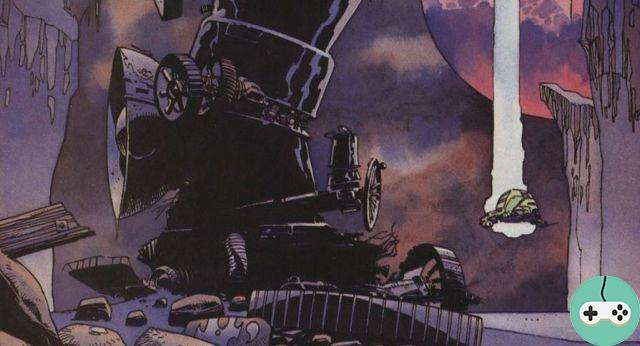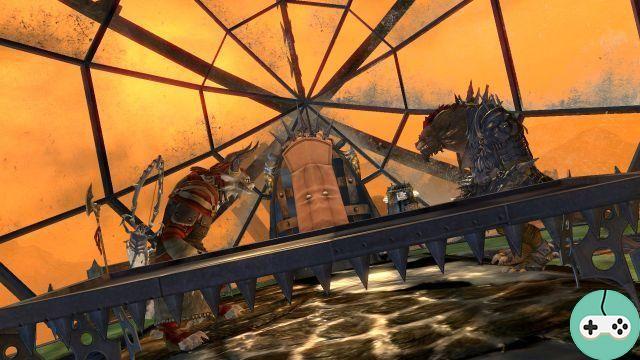

First discovered in 2532, Odin (named "Odom" in early logbooks) was one of the first star systems to be reached during humanity's initial extra-solar expansion. Barely fifty thousand years ago, a heartbeat system on a geological scale, the system hosted many flourishing ecosystems similar to those of Earth or Terra. This all changed abruptly when Odin's star collapsed to form a white dwarf. This sudden upheaval engulfed the first planet in the system and quickly charred the biospheres of others, killing all native life. When the first explorers from Earth reached Odin, they found a system of frozen rocky worlds that looked ominous.
It was initially thought that the system could become a mining center, but its lack of jump points as well as some very special stellar characteristics left no hope of carrying out this type of operation. This is why Odin, occupying no strategic position and being devoid of any terraformable world, was relegated to the saddest fate that could befall a star system: that of an armament test zone. From the beginning of the 27th century, the sharp escarpments of Odin's central worlds were very quickly flattened by experimental weapons intended for sale to the UEE military forces.
Odin recently became a famous cause within the scientific community, when a group of renowned geologists publicly challenged the government to criticize it for allowing companies such as Behring to eradicate an otherwise good fossil heritage. preserved, and which could say a lot about life as it had developed in the Odin system. A movement called "SAVE THE FOSSILS" did manage to make a place for itself in popular culture for a time, but interest quickly faltered.
The Belt (Odin I)
The Odin I asteroid field, commonly referred to as the Belt, may well be considered the most interesting area in the system. Formed by the remnants of what was the system's first planet before the disaster, the Belt resembles an ore field stretching as far as the eye can see. There is a wide variety of ore found here, from simple gravel to precious heavy metals, and invaluable deposits of precious stones are found more often than one might imagine. The UEE officially bans all mining activity in the Odin system, but has not stationed any troops there and generally turns a blind eye to the practice. However, mining companies seeking to circumvent the law to profit from the riches of this ancient planet face greater dangers. The first of these is an electromagnetic phenomenon called arch-charge.
Arch Charges are the result of the exposed, iron-rich planetary core encountering drifting stellar remnants, and prove fatal to any ship unlucky enough to fall under their control. There are so many that have been destroyed over time that legitimate mining operations have given up on seeking Senate operating licenses for the Odin system altogether. Independent ships protected by powerful shields might fare better, but the best advice one can give is to stay away.
Especially since if the arc-charges miss you, the pirates could well have you, them. It is believed that deep within the Belt there is a lair of well-armed pirates, apparently immune to electromagnetic phenomena. This group, whose organization and allegiances are not known, has been implicated in dozens of lightning attacks against legal operations one or two jumps away from Odin. No one has a clue of the total impact their activities have on the black market arms vendors and mining operations trying to earn a few credits quickly in the Belt.
Odin II (et Vili)
Odin II clearly sits in the star's green band, although the planet has only the very thin atmosphere it has been able to accumulate over the past 50 years. Odin II is officially a base of operations for the EAEU armed forces, and occasionally hosts temporary “freezing cold” expeditions. Scientists and military troops in training for transpolar combat operations stop by, but no one lives here permanently. Most of the planet's surface is off-limits for weapons testing, and robotic laboratories belonging to A&R, Behring and others dot the equatorial bands.
However, Vili, the planet's moon, is the most famous weapons test center in the system (if not the entire galaxy). Much of its surface is owned exclusively by Behring's shadowy Applied Technology division, and a significant portion of the ammunition used by mankind in recent decades has been used against lifeless rock formations and dummies placed there. the surface of Vili. TAB's research labs are buried deep beneath the moon's surface, well hidden from prying eyes. The few places on the moon populated by humans are surrounded by test areas and all kinds of factories to supply them (antimatter refineries, chemical compression units, etc.).
The only location on the moon, and indeed the entire star system, that is open to travelers is Raleigh Station, a snow-capped space base built by the UEE to allow the government (and civilian contractors) to bring in fuel. refueling and shipping the armament projects after their testing phases. Raleigh Station isn't the most welcoming place in the galaxy, but it has what it takes to keep travelers occupied. Wholesale food and medical supplies are always in demand here, and pilots have said they have occasionally found bargains among surplus military equipment.
Odin III and IV
The second planet in the Odin system, Odin III (the natives are known to insist that the Belt should always be considered the first planet, to the point of having influenced official star maps) is also a dead and insignificant world. . Although weapons testing has been officially banned here, the planet's surface has still been charred and irradiated until it becomes unrecognizable. A famous photograph of the planet taken from orbit and used during the abandoned ecological campaign shows an impressive impact of a delta-shaped explosion slicing through the surface. Military sources formally deny the existence of a weapon capable of inflicting such damage on the crust of a planet.
Odin IV is a gas giant that hosts a UEE-funded hydrogen treatment and fuel depot in geosynchronous orbit. Although there is a crew aboard the station, the facilities for interacting with outsiders are fully automated: a refueler drops unrefined hydrogen and loads fuel without ever encountering any occupants. Spacecraft crews are actively discouraged from calling on Odin IV, although the station has a small number of poor condition housing cubes for rent. Fuel prices are noticeably low for this part of the galaxy, and sometimes it's even worth a jump to Odin just to refuel a large ship.








